Ahuehuete Multicentenario
This beloved, centuries-old tree stands at the center of a small park dotted with archaeological artifacts.
Mexico’s national tree is known scientifically as Taxodium mucronatum, and colloquially as Montezuma cypress, sabino, and ahuehuete. Many of these trees are remarkable due to their cultural and historical significance, while others are famed thanks to their age and size.
While relatively small, this ahuehuete’s age of approximately 700 years is notable. It also has its share of history, leading to its place of honor in this lakeside Pueblo Mágico (Magical Town) of Mexico.
It’s said that the first Catholic mass in what is now Valle de Bravo took place under the shade of “El Pino” on November 15, 1530. (Ahuehuetes are not pines, making this popular nickname a misnomer). A small stone plaque near the base of its trunk commemorates the date.
The small park also features archaeological pieces, mostly carved stone deity heads, which are likely to belong to the Aztec culture and were dug out of La Peña Hill, near Valle. At the entrance to the park, a poem by local Vallense Catholic prelate and writer Joaquín Arcadio Pagaza is carved into a cantera stone slab. Arcadio was mostly active during the 19th-century when he wrote several poems alluding to features and scenes of his hometown.
Know Before You Go
The ahuehuete is located atop the park and visible even after closing time. The park itself is usually open early in the morning and closes around dusk.

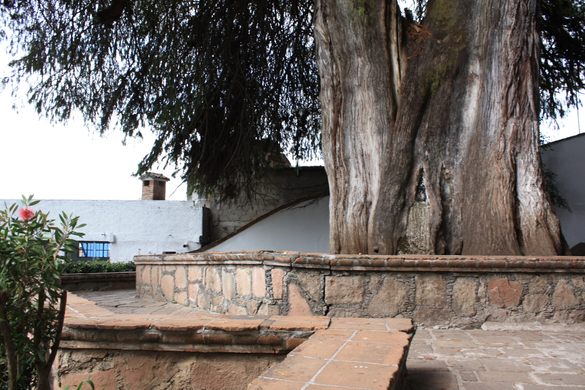
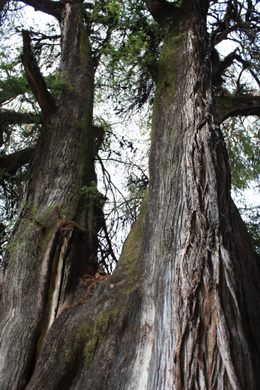
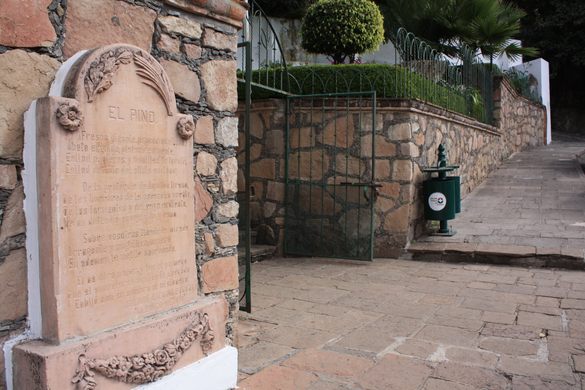
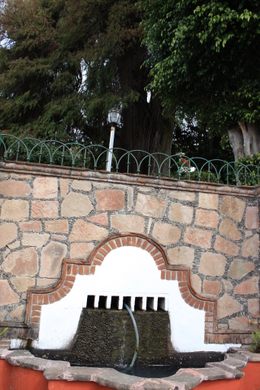
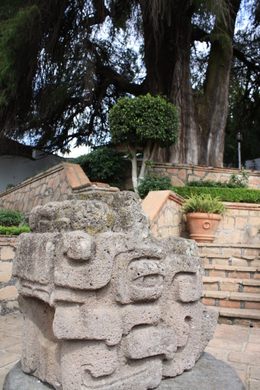
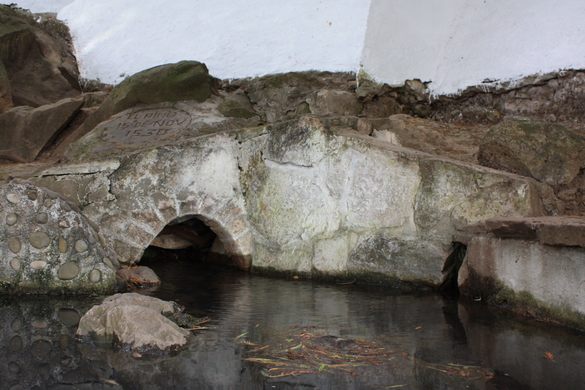













Follow us on Twitter to get the latest on the world's hidden wonders.
Like us on Facebook to get the latest on the world's hidden wonders.
Follow us on Twitter Like us on Facebook